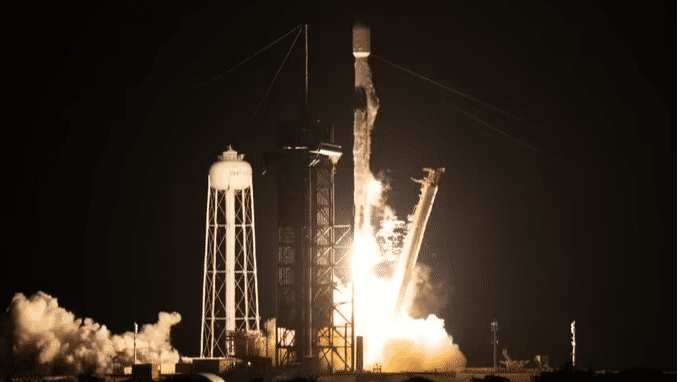The National Aeronautics and Space Administration (NASA) successfully launched its Imaging X-ray Polarimetry Explorer (IXPE) into space on Thursday. The IXPE was launched on top of a SpaceX Falcon 9 rocket.
The mission is a joint venture with the Italian Space Agency and is scheduled for a duration of two years. The first NASA mission solely dedicated to measure and study X-ray polarisation will allow NASA to dig deeper into the origins of X-ray light. The X-ray light is a high energy light produced at the time of violent collisions and supernova explosions during extreme celestial events.
NASA launched its flagship X-ray astronomy mission in 1998 based on the work done by Chandra X-ray Observatory. The current IXPE mission builds on this previous NASA attempt. The organisation is hopeful that the mission would add on to the astrophysical phenomena initiated by Chandra in the past.
Also read: We’re coming for you: NASA launches mission to fight asteroid
The operation of the Imaging X-ray Polarimetry Explorer would begin in January, as reported by NASA. The IXPE would study around 40 celestial objects in its first year followed by detailed observations in its second year.
Thomas Zurbuchen, associate administrator for the Science Mission Directorate at NASA Headquarters in Washington said, “IXPE represents another extraordinary first. Together with our partners in Italy and around the world, we’ve added a new space observatory to our fleet that will shape our understanding of the universe for years to come.
Each NASA spacecraft is carefully chosen to target brand new observations enabling new science, and IXPE is going to show us the violent universe around us, such as exploding stars and the black holes at the center of galaxies, in ways we’ve never been able to see.”
The polarisation of the supermassive blackholes will be measured with the help of mirrors contained in three identical telescopes which would focus emanating rays onto detectors. The scientists also wish to study the properties and polarised light, which would help them gain more knowledge about the environment they come from.
Also read: NASA’s ExoMiner validates 301 new planets beyond solar system
NASA is hopeful that the mission would provide answers to many long awaited questions. These include answers to if and why pulsars emit so much X-ray light and whether the black hole was actively feeding on surrounding material in the past.
In its press release, NASA mentioned that IXPE separated from the SpaceX rocket after about 33 minutes of its launch. It soon entered the Earth’s equator and in about 40 minutes, the mission operators received telemetry data from the spacecraft.
“It is an indescribable feeling to see something you’ve worked on for decades become real and launch into space,” said Martin Weisskopf, IXPE’s principal investigator at NASA’s Marshall Space Flight Center in Huntsville, Alabama. He added, “This is just the beginning for IXPE. We have much work ahead. But tonight, we celebrate!”







